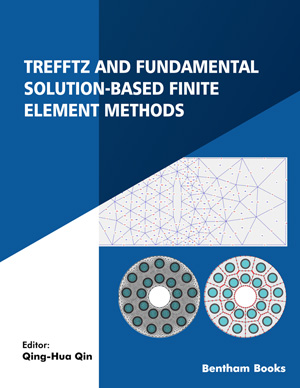Abstract
Various theoretical assumptions in conventional time series methods do not need to be checked in fuzzy time series approach. Therefore fuzzy time series are preferred in many applications. The identification of the length of intervals is an important issue and affects the forecasting performance. But in many studies in the literature, the length of intervals is determined randomly. Starting from this point, Huarng [1] has proposed two novel approaches which are based on the distribution and the average to choose a more effective length. Huarng and Yu [2] used a dynamic approach for adjusting lengths of interval. Huarng [3] suggested a different method which is called ratio based lengths of intervals. Cheng et al. [4] have proposed a new approach by using entropy. Eǧrioǧlu et al. [5] and Yolcu et al. [6] have determined the lengths of intervals by using optimization. At the first stage of the method proposed by Cheng et al. [4], a specific method has not been used and classes have been assigned intuitively while classes to which data belong were generating. In this study, the approach proposed by Degirmenci et al. [7] is applied to the enrollment data at the University of Alabama and the yearly data of the quantities of clean water used in Istanbul. Then obtained forecasts are compared with those obtained from other methods available in the literature.
Keywords: Entropy, Forecasting, Length of interval, Fuzzy c-means clustering, Fuzzy time series.












